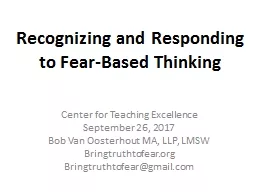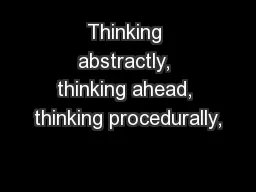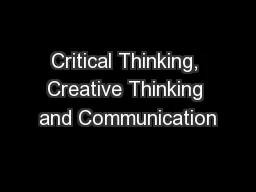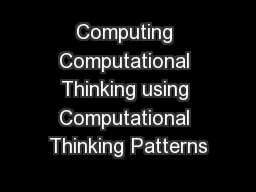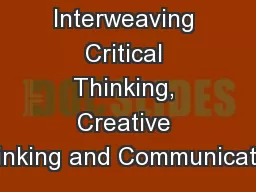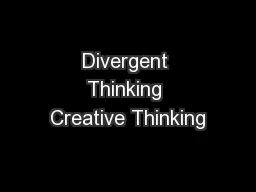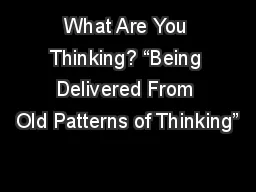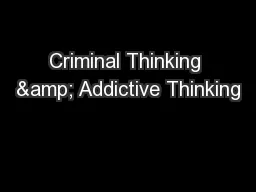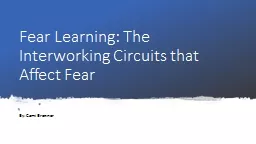PPT-Recognizing and Responding to Fear-Based Thinking
Author : karlyn-bohler | Published Date : 2018-03-09
Center for Teaching Excellence September 26 2017 Bob Van Oosterhout MA LLP LMSW Bringtruthtofearorg Bringtruthtofeargmailcom Fear based thinking is a mental habit
Presentation Embed Code
Download Presentation
Download Presentation The PPT/PDF document "Recognizing and Responding to Fear-Based..." is the property of its rightful owner. Permission is granted to download and print the materials on this website for personal, non-commercial use only, and to display it on your personal computer provided you do not modify the materials and that you retain all copyright notices contained in the materials. By downloading content from our website, you accept the terms of this agreement.
Recognizing and Responding to Fear-Based Thinking: Transcript
Download Rules Of Document
"Recognizing and Responding to Fear-Based Thinking"The content belongs to its owner. You may download and print it for personal use, without modification, and keep all copyright notices. By downloading, you agree to these terms.
Related Documents

